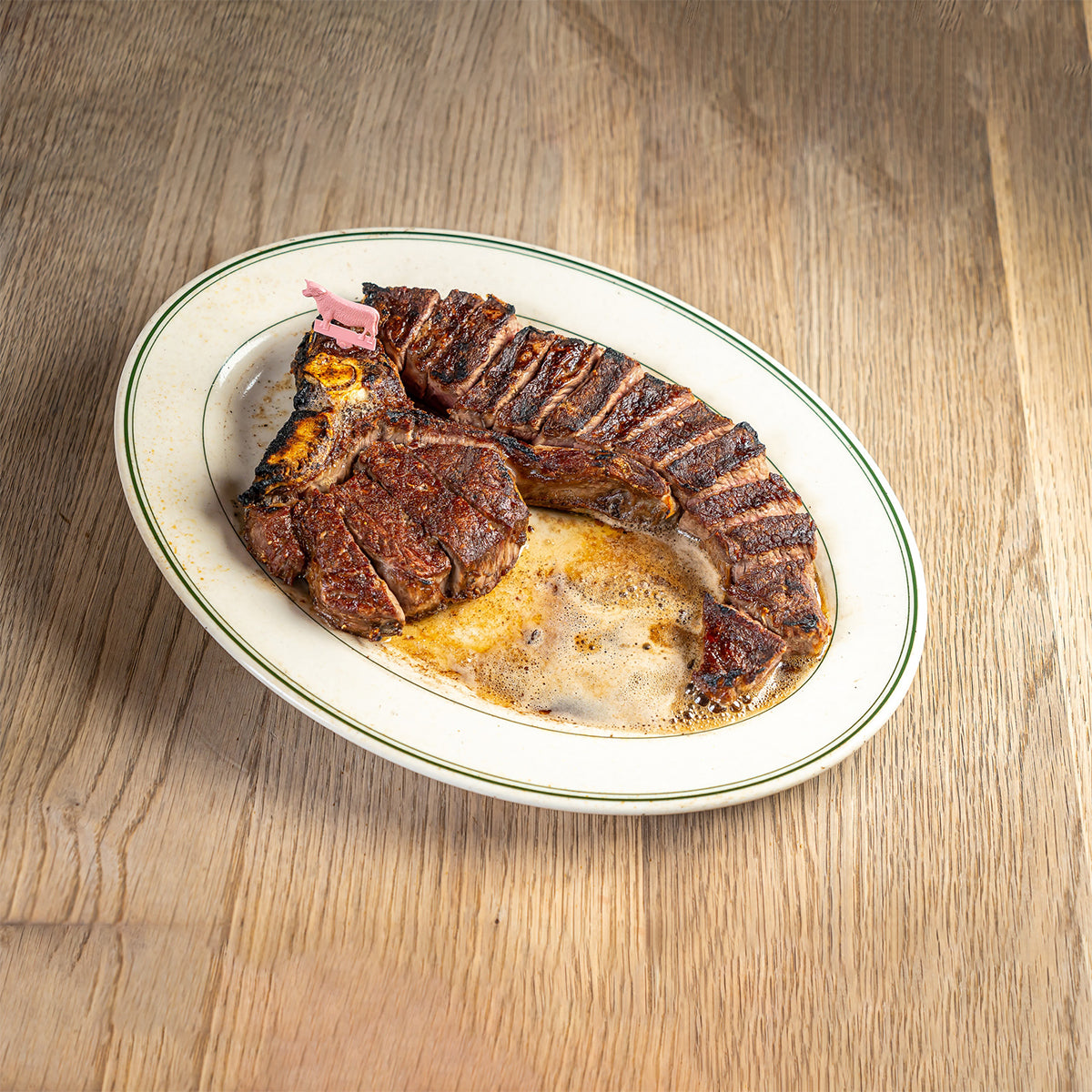When “Carl Luger’s Café, Billiards and Bowling Alley” was opened in 1887, the restaurant quickly became a neighborhood favorite in predominantly German Williamsburg. Peter Luger owned the establishment, while his nephew, Carl, manned the kitchen.
Luger’s was not the only thing doing in the small Brooklyn neighborhood. With the opening of the Williamsburg Bridge in December of 1903, Manhattan became far more accessible and a new crowd of businessmen crossed the East River. It was not until 1920 that Sol Forman, a seventeen year old who had dropped out of high school to work full-time lighting street lamps, established Forman Family with his siblings just across the street from Carl Luger’s.
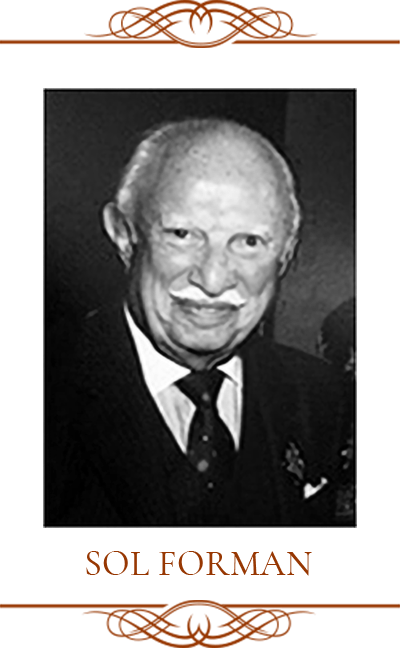

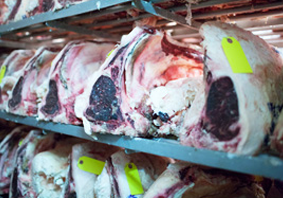
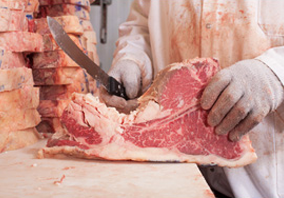
Forman Family made everything from silverware to trays to stamped-metal giftware. The manufacturing site, at 185 Broadway, served as a headquarters for sales, and what better place for Sol Forman to take prospective clients than the famed restaurant just across the street? Sol was known to eat two steaks a day – three when the trade shows came through.
So when the restaurant fell into disrepair following the death of Peter Luger, Sol was faced with the unhappy task of finding another lunch spot for his clients. Instead, he decided to try his luck at the auction of Peter Luger’s, and was the only one who did; alone at the auction, Sol was able to purchase the restaurant for the price of the real estate.
Soon enough, Sol had Peter Luger’s back to its former glory, and it's been on top ever since. Still under Forman family management, the restaurant has been rated the top steakhouse in New York since 1984 and has joined the ranks of American classics.
Selection Process
When Sol bought Peter Luger's in 1950, there was no shortage of work to be done at the restaurant. The critical job of inspecting and purchasing meat fell to his wife, Marsha Forman. Marsha spent two years learning this special skill from a retired USDA grader, who took her to the wholesale houses in the meat market along New York City’s West Side Highway. In keeping with tradition, and to ensure the highest quality of meat, the selection process is still performed by members of the family, who visit the wholesale markets to inspect the selection of short loins.
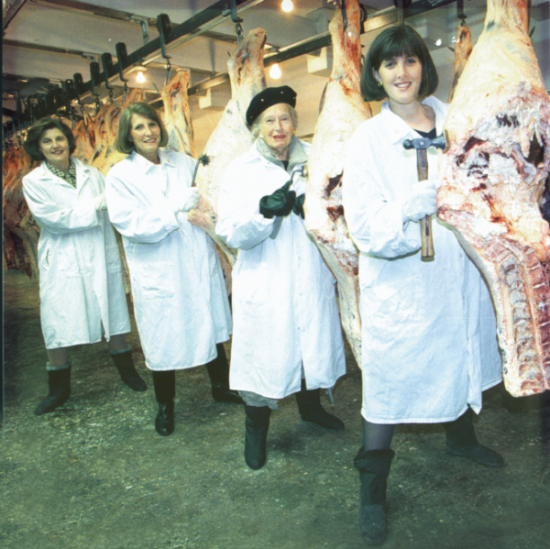
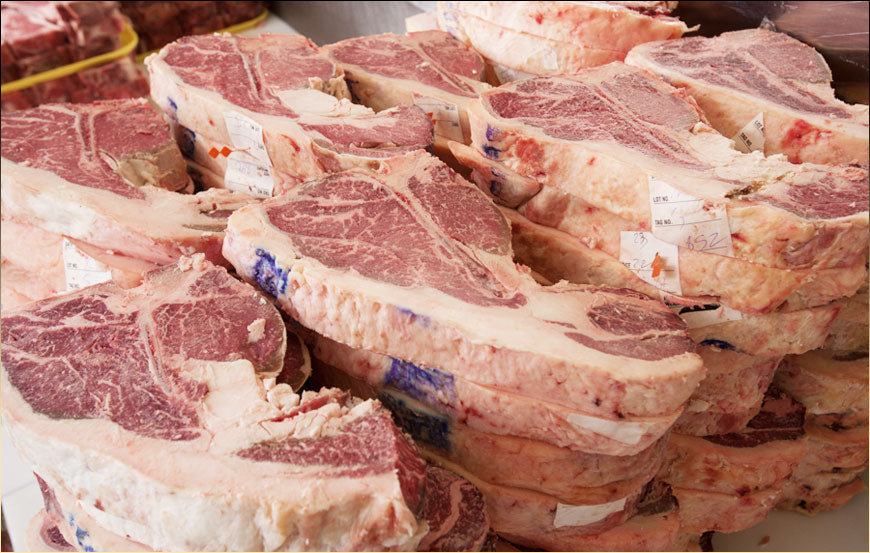
Our Beef
The only meat that even comes into consideration is USDA Prime, which often represents less than 2% of graded beef cattle. This already select tier of the country’s finest cattle is then scrutinized for conformation, color, age, marbling, and texture.
On-Site Dry Aging
If selected, the short loins and shells are then brought to the on-site dry aging facilities at either restaurant. Here, they are kept under carefully regulated conditions that are controlled for temperature, humidity and air circulation. Once properly aged, the short loins are butchered, trimmed and brought up to the kitchen for broiling. This zealous selection process ensures that when a steak hits the plate at Peter Luger’s, it’s among the country’s finest.


